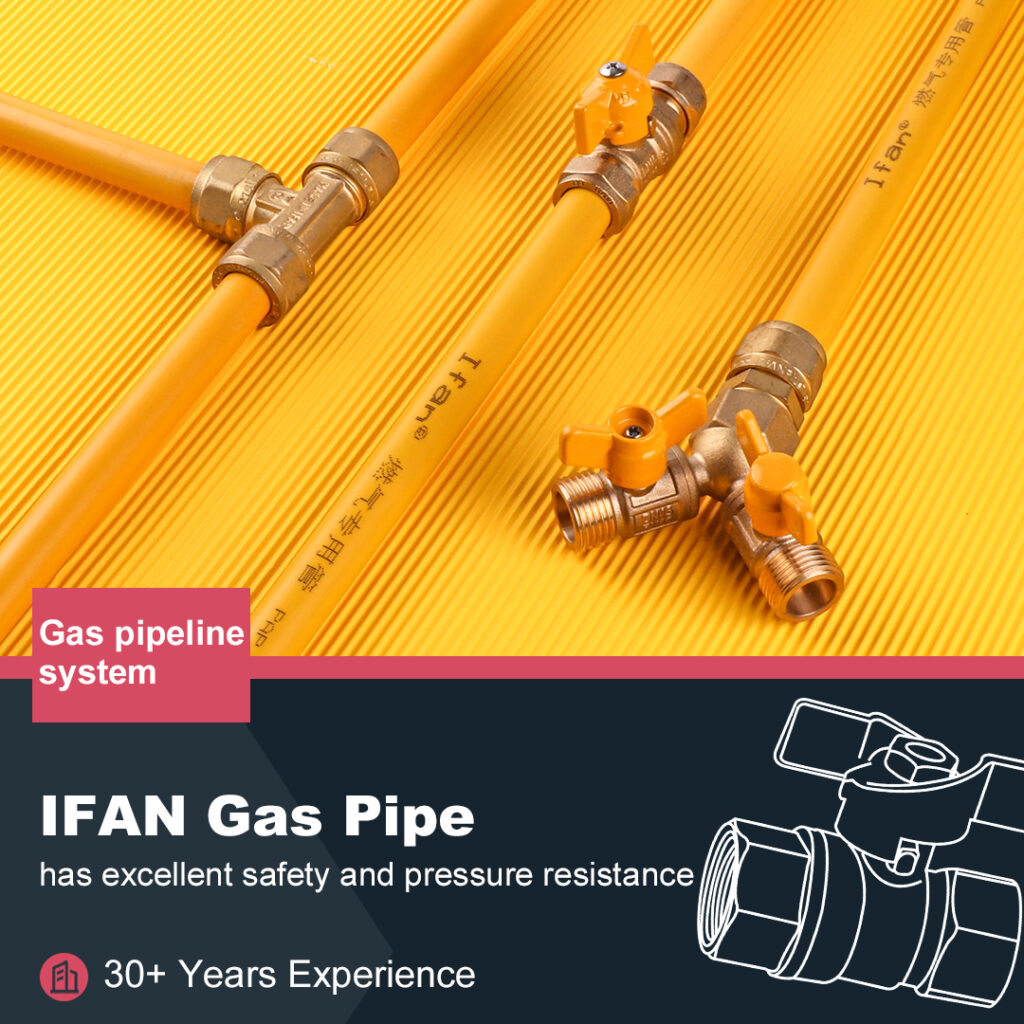Gas pipeline knowledge is essential for anyone working in the oil and gas industry. This article will cover some of the common sizes of gas pipelines, their uses, and where you might find these pipelines..IFAN Facebook Website:www.facebook.com,IFAN factory has 30+ years manufacture experience supporting color /size customization support Free Samples.
Common Sizes of Gas Pipelines
Gas pipelines come in various sizes depending on the amount of gas they need to transport. The most common sizes are:
6″ – Used for smaller capacity pipelines.
8″ – Used for small and medium capacity pipelines.
10″ – Used for medium-capacity pipelines.
12″ – Used for medium to high-capacity pipelines.
16″ – Used for high-capacity pipelines.
20″ – Used for very high-capacity pipelines.
24″ – Used for extremely high-capacity pipelines.

Uses of Different Sizes of Gas Pipelines
The size of a gas pipeline depends on the amount of gas that needs to be transported. Smaller pipelines are used for transporting gas over shorter distances and for lower volumes of gas. Larger pipelines are used for longer distances and higher volumes of gas.
Smaller pipelines are often used to transport gas from local gas fields to nearby cities or towns. They may also be used to transport gas between different facilities within the same plant.
Larger pipelines are used for transporting gas across long distances, sometimes spanning countries or even continents. They are used to transport gas from large gas fields to population centers where the gas can be used for heating, cooking, or generating electricity.
Methods of Gas Pipeline Transportation
Gas pipelines can be transported in two ways, namely, by pipeline and by Liquefied Natural Gas (LNG) tankers.
Pipeline Transportation – This is the most common method of transporting gas. Gas is transported through pipelines from the source to the destination.
LNG Tankers – Liquefied Natural Gas is transported in large tankers. It is converted into a liquid by cooling it down to -162 degrees Celsius. This makes it easier to transport in large quantities.
Usage of Gas Pipelines
Gas pipelines are used in a variety of settings and industries. Some of the most common include:
Residential – Homes with gas-powered heating systems will use pipelines to transport gas from a central location to the residences.
Commercial – Large commercial buildings such as shopping centers, schools, and hospitals also use pipelines to transport gas for heating, cooking, and electricity.
Industrial – Industrial plants and factories often use pipelines to transport natural gas for powering machinery and equipment.
Transportation – Buses, trains, and trucks often use natural gas as fuel. Pipelines are used to transport the gas to refueling stations.
In conclusion, gas pipeline knowledge is crucial for anyone working in the oil and gas industry. It is essential to understand the different sizes of gas pipelines, their uses, and where they may be found. Understanding the methods of transportation and usage of gas pipelines enables workers to better manage and maintain these vital components of the energy industry.

